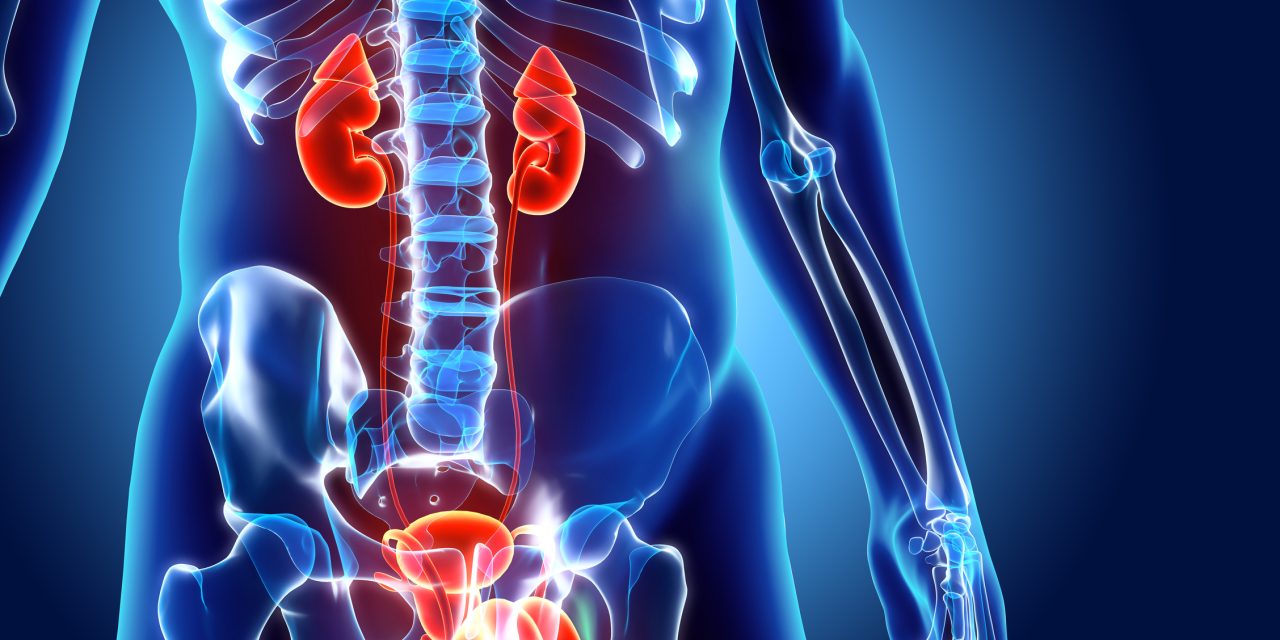Urinary tract infections (UTIs) caused by uropathogenic Escherichia coli (UPEC) remain a matter of concern, as the clinical use of multiple antibiotics induces antibiotic resistance in bacteria, resulting in the failure of treatments. Despite the emergence of anti-adhesion strategies that can prevent the development of bacterial drug resistance, these strategies are mainly used for disease prevention rather than effective treatment. Photothermal therapy (PTT) has emerged as an efficient alternative for the elimination of bacteria. Nevertheless, high local temperatures related to PTT probably cause damage to surrounding healthy tissue. Herein, we developed a biomimetic non-antibiotic nanoplatform for low-temperature photothermal treatment of UTIs. The nanoplatform comprised polydopamine (PDA) photothermal core and biphenyl mannoside (Man) shell with multivalent high-affinity to UPEC. Scanning electron microscope (SEM) showed PDA-Man possessed ultra-strong targeting binding ability towards UPEC. It is the fact that this impulse UPEC to form a large bacterial cluster. Consequently, the high photothermal energy of the PDA-Man appeared predominantly in the affected bacterialarea, while the overall environment remained at a low temperature. The fabricated nanoplatform showed excellent photothermal bactericidal effects, approximately 100% in a UTI model. Overall, this low-temperature photothermal nanoplatform provides an appropriate strategy for the elimination of bacteria in clinical applications. This article is protected by copyright. All rights reserved.This article is protected by copyright. All rights reserved.
A Biomimetic non-antibiotic Nanoplatform for low-temperature Photothermal Treatment of Urinary Tract Infections Caused by Uropathogenic Escherichia coli.


